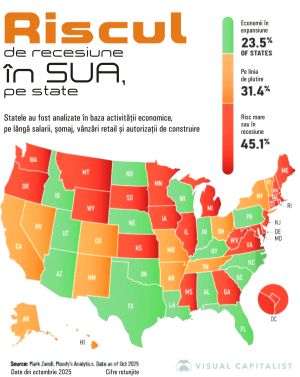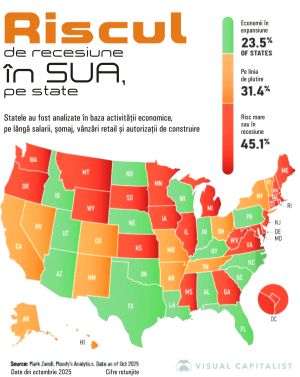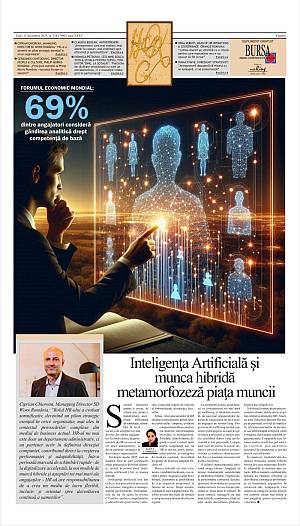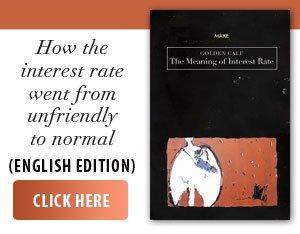The step from theory to scientific demonstration is not very easy to do and takes quite a lot of time. Scientists have demonstrated one of Albert Einstein's theories, proving not only the existence of a "plunge" region around a black hole into which matter collapses, but also that this region exerts some of the strongest gravitational forces yet identified. currently in the galaxy. Einstein's theory states that it is impossible for matter particles to follow circular orbits when near a black hole. Instead, they quickly dive towards the object, with a speed close to that of light. According to experts, the findings demonstrate that matter reacts to gravity "in the strongest possible form". The new study focused in depth on this region for the first time, with researchers from England's Oxford University's Department of Physics using data from X-ray telescopes to gain a better understanding of the force generated by the holes. black. "What's really exciting is that there are many black holes in the galaxy, and we now have a powerful new technique to use them to study the strongest gravitational fields known," said study leader Dr. Andrew Mummery. , from Oxford University's Department of Physics. He added: "Einstein's theory predicted that this final plunge would exist, but this is the first time we've been able to demonstrate that it happens. Think of it as a river turning into a waterfall - So far, we've looked at the river. This is the first time we've seen the cascade. We think this is an exciting new step forward in the study of black holes. It just then we will be able to fully understand the gravitational force. This final plunge of plasma occurs at the very edge of a black hole and shows how matter responds to gravity in its strongest possible form." According to scientists, for many decades there have been numerous debates among astrophysicists regarding the possibility of detecting the so-called plunge region. The Oxford team has spent the past two years developing models for this and, in the study just published, demonstrated the first confirmed detection of this possibility using X-ray telescopes and data from the International Space Station (ISS ).
The study, published in the scientific journal Monthly Notices of the Astronomical Society, focused on smaller black holes relatively close to Earth, using data collected from space telescopes.























































